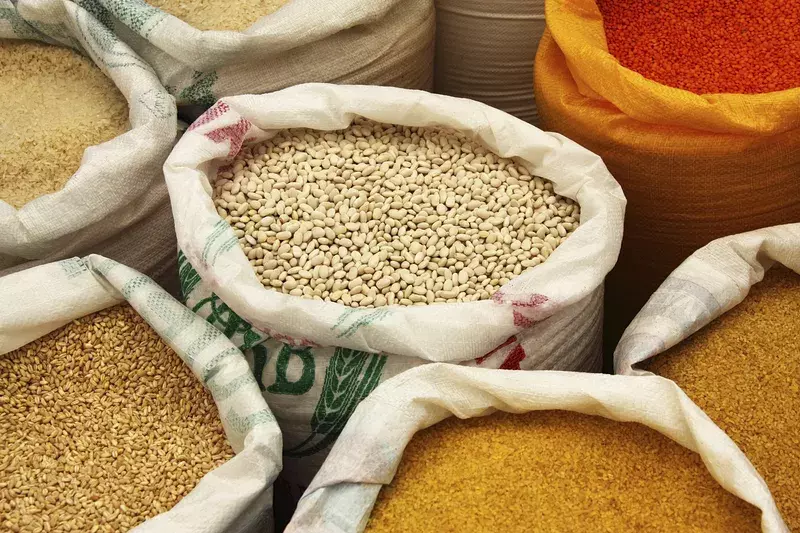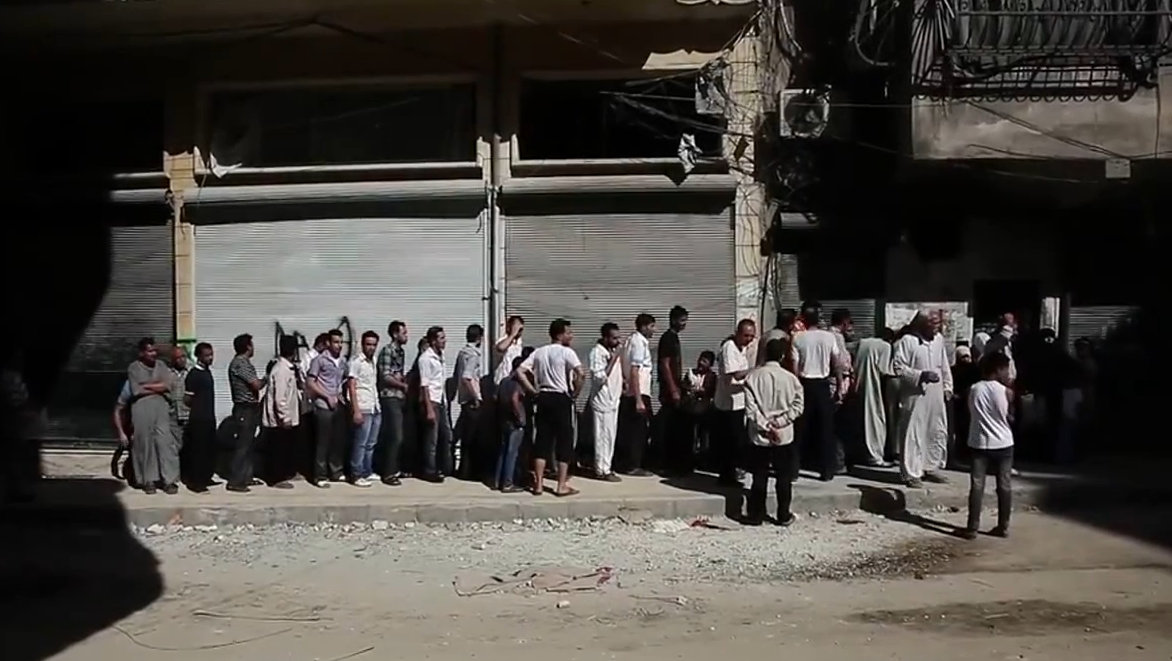Guest post by Thomas S. Benson, Ore Koren, and Benjamin E. Bagozzi
Russia’s invasion of Ukraine has sparked fears that skyrocketing commodity prices—especially of wheat (Ukraine and Russia together account for about one-quarter of the world’s exports), oil, and gas—will cause a global wave of food protests. War, coupled with rapidly rising inflation—which has also been linked to bread riots—and more frequent climatic shocks suggest that concerns about food insecurity creating global unrest are timely and warrant further examination.
At the same time, framing the complexities of sociopolitical environments as simple “kneejerk” reactions to rising food insecurity risks oversimplifying the situation and our ability to address it. Previous studies that identify a clear relationship between food prices and protests emphasize this risk.
Therefore, while food insecurity can clearly raise the risk of mass unrest, the key question is: When do people, faced with food insecurity, choose to mobilize? In a recent paper, we leveraged Twitter data by time and location from several cities in Kenya to answer this question. We coded—using machine learning techniques—hundreds of thousands of tweets in both English and Swahili to identify whether each tweet featured any reference to food or water stress.
Interestingly, we did not find that rising food insecurity, in and of itself, contributed to a higher risk of social unrest. However, we did find that the frequency of unrest events in urban contexts noticeably increased when and where people were simultaneously experiencing both acute food insecurity and acute water scarcity. In contrast, when there is a lack of water scarcity, greater food insecurity was found—if anything—to reduce the frequency of unrest events.
What explains this result? One possibility relates to the importance of context. Researchers who study environmental conflict emphasize that relationships between food and water security and unrest are often moderated. In other words, environmental and climatic factors have a conditional impact on socioeconomic determinants of social conflict/unrest, rather than a simple direct effect. In some contexts, food and/or water insecurity can lead to more violence, in others to none, and yet in other contexts it might lower the risk of unrest.
Another explanation pertains to the fact that the indicators usually used to measure food insecurity, such as food prices, weather variability, crop yields, and even surveys, cannot capture how insecurity is felt by people and societies in real time. These measures also rarely allow researchers to distinguish between different types of stress, such as separating food insecurity from water insecurity.
This is where the value of leveraging Twitter data to effectively measure food and other types of insecurity became apparent. When leveraged effectively, these data indicate a direct and proximate measure of how individuals’ lives are impacted by staple security, which we define as food and water security together. Using these data, researchers can measure different aspects of food insecurity including, for example, stress resulting not only from climatic variability but also from social and economic shocks, including rising food prices, and supply chain issues due to external factors—such as the war in Ukraine. Being able to identify the real-time impacts of food insecurity and distinguish them from the impacts of water insecurity allows us to assess how the two impacts relate to social unrest.
There are some potential limitations with our findings and interpretation. Only a subset of the world’s (typically younger, wealthier, and more urban) population is on Twitter—leading our study to focus only on urbanized areas. Likewise, while the ability of Twitter data to capture how people perceive such issues is a major advantage, it also poses a potential problem of inference. People may experience food insecurity differently across different contexts: what is considered food insecurity in Kenya might be different from how people perceive it in Papua New Guinea or Germany. In addition, the approach used in identifying food and water insecurity tweets in Kenya may not be definitive—as meanings of language can change over time and in the face of different crises.
At the same time, these findings have important implications. If unrest arises due to a combination of insecurities—water and food, politics and food, or something else—then being able to address one insecurity, in effect, can in some cases neutralize the effect of the other. As we find, food security, in and of itself, is unlikely to generate mobilization. This presents a factor to be considered by policymakers in the wake of a global food crisis that raises questions over the extent to which any social unrest could be generated. It also presents implications for forecasting models of food riots that may be overpredicting the risk of unrest.
Rather, it appears the relationship between food insecurity and unrest—due to rising food prices and otherwise—is a function of socioeconomic features, such as the availability of social safety nets and storage capacity; and political factors, such as government responsiveness to the plight of its citizens. The capacity of societies to be resilient and absorb economic shocks, including rising food prices, should be the focus of policymakers and non-governmental organizations seeking to prevent or reduce the risk of unrest, especially in vulnerable countries.
Thomas S. Benson is a Princeton Dissertation Scholar and a Dissertation Fellow (ABD Ph.D Candidate) in the department of Political Science and International Relations at the University of Delaware. Ore Koren is an Assistant Professor of international relations and methodology in the Department of Political Science, Indiana University, Bloomington. Benjamin E. Bagozzi is an Associate Professor of Political Science & International Relations at the University of Delaware.






